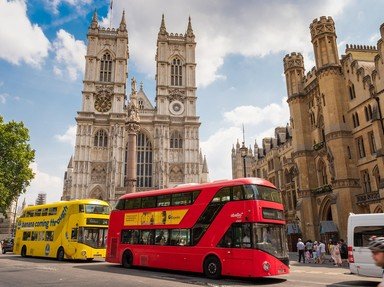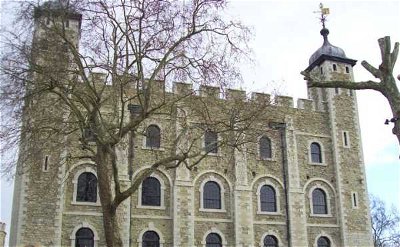5. Greenwich is a centre of science, culture, royalty, history and the maritime world, but its worldwide recognition nowadays is due to GMT and its synonymity with time. What does GMT stand for?
From Quiz Greenwich: A Time and a Place
Answer:
Greenwich Mean Time
Initially GMT was used for maritime purposes. The problem of longitude, vital for navigation across the world's oceans, was dependent on a fixed reference point by which navigators could calculate their east-west position on the waves. GMT was originally measured by calculations of the position of certain bright stars in the night sky (known as the clock stars) from the Greenwich Observatory. This was the means to measure time until well into the twentieth century when atomic clocks took over.
Before the adoption of GMT, there was no standard for time across the UK, let alone the world. For example, if you were at the top of Ben Nevis in Scotland at one o'clock London time, it would be twenty minutes to one where you stood. This hadn't been a problem until the industrial age came along and a national transport network and telegraph system was built. The need for standardised time for the creation of train timetables became pressing. In the early days of the trains, the passenger would need to change their watch upon arrival at their destination in the same way that plane passengers have to when flying between countries.
In the middle of the nineteenth century, the railway companies adopted Greenwich time as the only time on which their trains ran. Whilst this was initially regarded with suspicion and sometimes hostility outside of London, by 1855 ninety-eight per cent of public clocks were displaying GMT. This became possible with the invention of telegraph wires which could transmit the correct Greenwich time from an electronic master clock in the Royal Observatory. Prior to this time, the Observatory provided a service whereby a time courier would visit all the clockmakers in London each day so that they could synchronise their clocks.
GMT was officially made UK time by an act of Parliament in 1880. Whilst GMT is still referred to in times throughout the world, since 1972 time had been measured not in Greenwich but in Paris at the BIH (Bureau International de l'Heure). There measurements are taken from 38 atomic clocks around the world to establish a mean time known as UTC (Universal Time Co-ordinated) which is a more accurate measurement of the same time as GMT.







